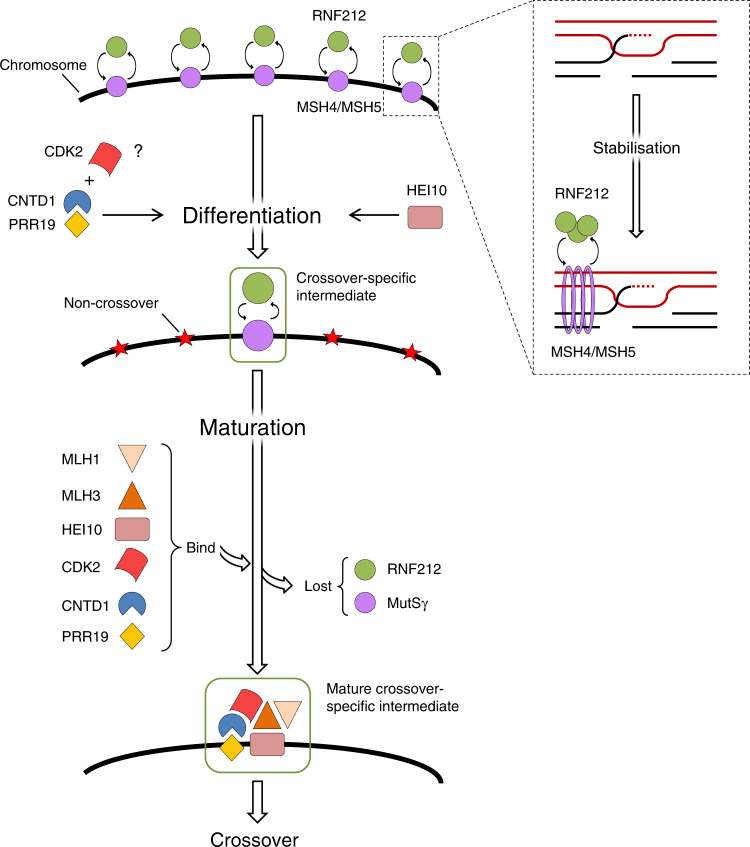Fig. 8. Summary and model of PRR19–CNTD1 functions in crossover formation.
Block arrows represent progression in recombination, line arrows represent promotion. Inset shows recombination intermediates, where red and black lines represent the single-DNA strands of homologous DNA duplexes, and the dotted red line marks repair DNA synthesis. Whereas four chromatids are present at this stage, only two are shown for the sake of simplicity. A positive feedback between MutSγ (MSH4/MSH5 sliding clamp complex) and RNF212 stabilises DNA-strand-invasion intermediates that serve as a common precursor of crossovers and non-crossovers at the start of pachytene (see inset). Left, main scheme: The differentiation of crossover- and non-crossover-committed recombination intermediates takes place in the early–mid pachytene, and manifests by the restriction of MutSγ and RNF212 to one or two strand-exchange intermediates on each chromosome. Intermediates that retain MutSγ and RNF212 commit to crossover formation, the rest of the intermediates turn into non-crossovers (red stars) during the early–mid pachytene. Crossover differentiation and the attendant paring down of RNF212/MutSγ-associated recombination complexes are enabled by a competition between strand-invasion intermediates for MutSγ and RNF212 and by the restriction of RNF212/MutSγ accumulation and activity by the PRR19–CNTD1 complex and HEI10. PRR19–CNTD1 may act in partnership with CDK2 to control the stability of RNF212/MutSγ-associated recombination complexes. Crossover differentiation is followed by the maturation of RNF212/MutSγ-associated recombination complexes in mid-late pachytene. This involves the replacement of RNF212/MutSγ with cytologically detectable amounts of MLH1, MLH3, CDK2, PRR19, CNTD1 and HEI10 in crossover-committed recombination complexes. Whereas the MLH1-MLH3 complex is thought to resolve DNA-exchange intermediates into crossovers, the roles of HEI10, CDK2, PRR19 and CNTD1 are not known in crossover maturation. They may enable crossover maturation only by promoting crossover differentiation in early–mid pachytene. Alternatively, as suggested by their localisation, they may have additional roles in the resolution of crossover-committed recombination intermediates into crossovers in mid-late pachytene.

